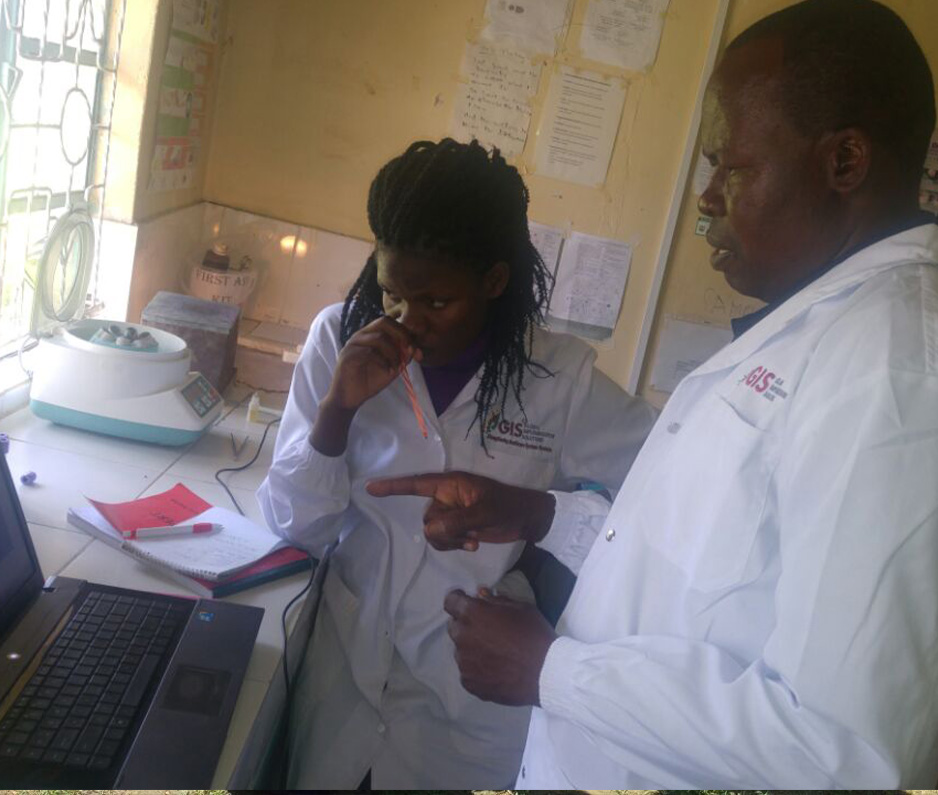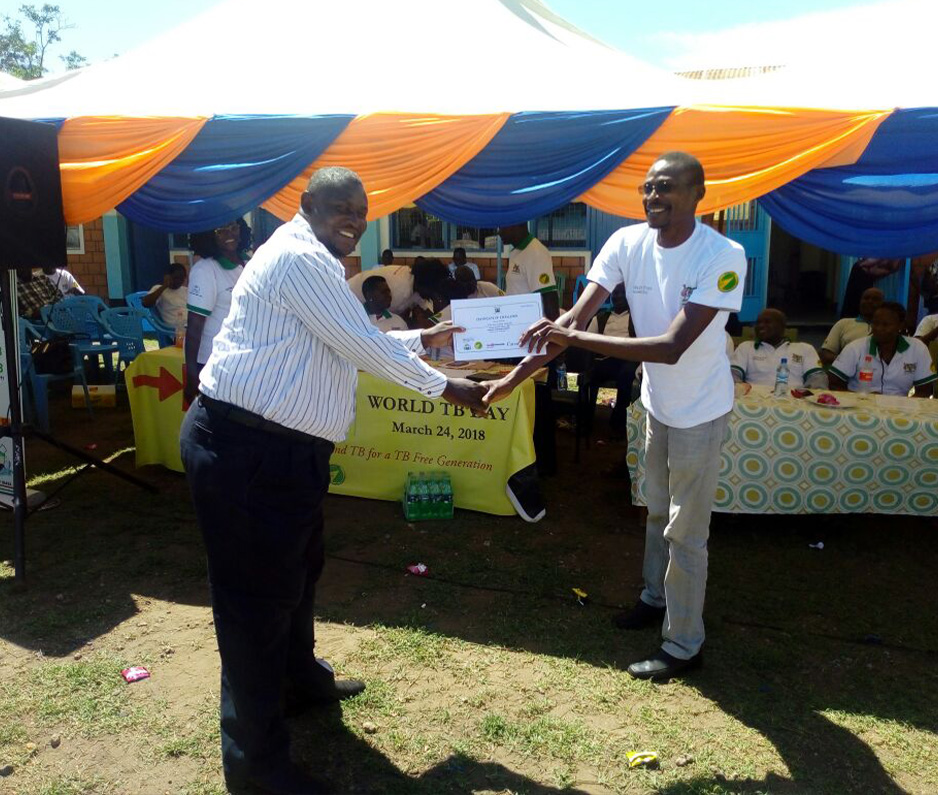United States Department of Health and Human Services
Centers for Disease Control and Prevention Kenya
Program Title: Expanding Efforts and Strategies to Protect and Improve Public Health in Kenya
Program Period: 2020-2025
Program Location: Kenya – Counties, Nairobi, Nakuru, Kisumu, Siaya, Homabay, Migori, Busia, Kisii, Kiambu, Muranga, Nyeri, Kirinyaga, Marsabit, Garissa, Isiolo, Kitui, Makueni, Mombasa, Kenya Prisons Services headquarters and Point of Entry Command Center.
Sub Award
1. MHealth Kenya
Award Objective – Systems integration, transition and capacity building.
Program Period – December 28, 2020 to March 21, 2021.
Program Focus Areas and Achievements
PHEOC organization and workforce capacity building in outbreak detection, investigation and response. The PHEOCs played a central role in mobilizing and coordinating emergency response to the COVID-19 pandemic in Kenya.
In the period 2020-2023, county PHEOCs responded to 79 public health incidents other than COVID-19, across 17 counties. GIS trained over 700 health care workers drawn from diverse cadres to form multidisciplinary Rapid Response Teams (RRTs) across all the PHEOCs.
ICT Equipment and furniture procurement for 17 PHEOCs, Kenya Prisons Services and Point of Entry
GIS supported work space area improvement in 10 county PHEOCs including Kiambu, Mombasa, Muranga, Nyeri, Marsabit, Kirinyaga, Migori, Kitui, Kisii and Garissa
Supported the public health data automation and linkage with Emergency Alert and Response System (EARS) repository and data integration across all Kenya Ministry of Health platforms.
Supported the Ministry of Health digitization of COVID-19 Case Investigation Form (CIF) and case management tools to track the epidemiological evolution of the COVID–19 pandemic in Kenya.
Participated in the countrywide Jitenge+ (Plus) Virtual Orientation
Supported and participated in EARS & Jitenge+ Enhancement Hackathon workshop aimed at enhancing COVID-19 digital platforms.
Supported EARS assessment.
Supported transition of EARS/Jitenge System from partners to MoH.
Built capacity by training Ministry of Health POE workforce on traveler information management, border surveillance and risk communication. In addition to conducting site support visits to 10 points of entry namely;
i. Airports - Jomo Kenyatta International Airport, Moi International Airport, Wilson Airport ii. Land crossing - Namanga, Isebania, Busia, Malaba, Taveta, Lwakhakha
iii. Sea Port - Kilindini
Strengthened surveillance systems at POE and enhancement of the traveler information visualization and messaging by procuring and installing Smart TV monitors and Uninterruptible Power Supply (UPS) in 10 point of entries namely, Jomo Kenyatta International Airport, Moi International Airport, Wilson Airport, Namanga, Isebania, Busia, Malaba, Taveta, Lwakhakha and Kilindini
Monitored and Evaluated access and uptake of traveler information, risk communication messages disseminated through POE website and social platformisation.
Linkage of EBS to PHEOCs in six counties, namely, Nakuru, Siaya, Marsabit, Busia, Nairobi and Mombasa.
Supported the establishment of County One Health Units (COHU) in five counties, namely Marsabit, Garissa, Siaya, Nakuru and Kiambu County.
Developed standardized One Health training modules for establishment of County-level One Health platforms.
Reviewed and updated Terms of Reference (ToRs) and memorandum of understanding for establishment and operationalization of County-level One Health platform.
Establishing procedures for One Health approach promotion at the county through guidelines (SOPs) development.
Participated in One Health virtual networking conference 2021 and made presentation on Public Health Emergency Operations: Platform for One Health Activities Implementation.






United States Department of Health and Human Services
Centers for Disease Control and Prevention Kenya






Program Period: 2015-2020
Program Location: Kenya – Western Region – Kisumu, Siaya, Homabay, Migori, Bungoma, Kakamega, Busia and Vihiga County
Program Focus Areas and Achievements
Increased coordination and utilization of laboratory services related to HIV/TB disease management.
Supported and guided the development of 5-year County level government laboratory strategic and service delivery plan in 8 counties in western region.
Supported Laboratory Quality Systems Implementation in Kenya in 289 health facilities.
Eight (8) public health laboratories were assessed and awarded ISO 15189 Laboratory Accreditation Ahero County Hospital, Jaramogi Oginga Odinga Referral Teaching Hospital, Muhoroni County Hospital, Kakamega County Referral Hospital, Butere County Hospital, Homabay County Referral Hospital, Siaya County Referral Hospital and Bondo County Hospital.
Increased the number of laboratories meeting infrastructure guidelines and minimum bio-safety standards, including medical waste management.
Carried out work area infrastructure improvements in 29 SLMTA laboratories.
Facilitated biosafety cabinet and TB hood certification and maintenance.
Increased number of cases of HIV/TB/OIs detected, reported by the laboratories at all levels, and linked to treatment.
Supported to 289 health facilities which included SLMTA laboratories spread across all the eight counties in Western Kenya.
Formation and activation of 64 Hospital Transfusion Committees (HTCs) within Western Kenya.
Trained staff on safe phlebotomy, appropriate use of blood and blood products, haemovigilance, biosafety and biosecurity curriculum.


